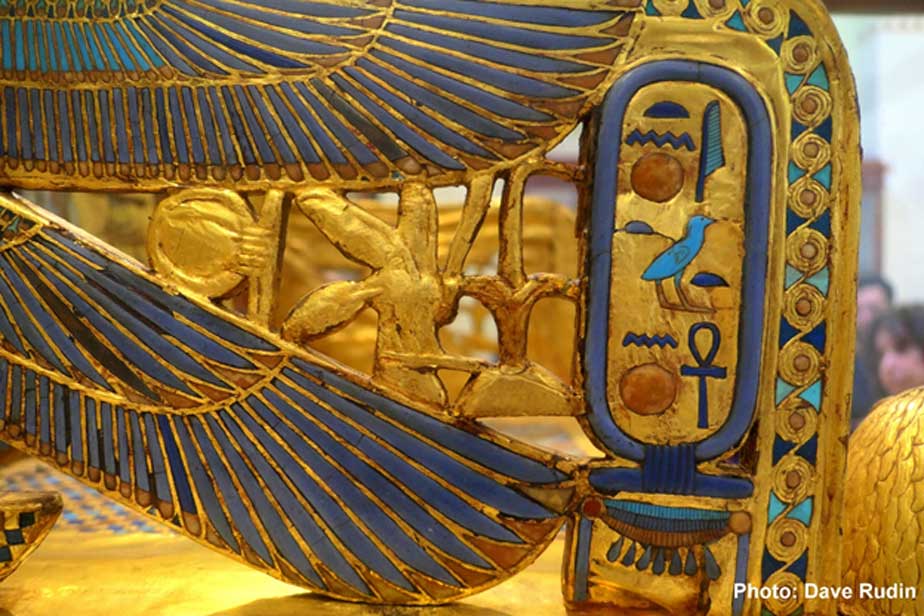
The Magic, Mystery and Madness of Tomb 55: Saga of a Botched Excavation–Part II
The entire Amarna epoch and those who strutted upon its stage have always presented a conundrum for Egyptologists. In early 1907, one of the most valuable finds – Tomb 55 – promised to finally lift the veil, however partially, off the many perplexities surrounding the last days of ancient Egypt’s most bizarre period. But, poor documentation and a brand of irreverent archeology scuttled the opportunity to definitively further our knowledge on the subject.
MUDDLED ONE-MAN SHOW
Around 3,300 years ago, sometime after the reviled Amarna interlude—when the boy-king Nebkheperure Tutankhaten (who by Regnal Year 3 had restored the supremacy of the Amun cult and changed his nomen to Tutankhamun) ascended the throne, abandoned the Sun City and moved the court back to Thebes—the royal dead too were re-interred in the Valley of the Kings. Among the exhumed bodies from Akhetaten would be: Akhenaten, Queen Tiye, Nefertiti, Meritaten, Kiya, Smenkhkare, Neferneferure and Setepenre.

Inlaid ‘Tutankhaten’ cartouche from the right outer arm of the Golden Throne discovered in KV62 by Howard Carter in 1922. Egyptian Museum, Cairo.
The mortal remains of Tiye - and possibly Akhenaten - found their way into the enigmatic Tomb 55 (KV55) in the central part of the Valley of the Kings, located a few meters to the west of the tomb of Ramesses IX. More than a hundred years after its discovery by the English archeologist, Edward Russell Ayrton, on 6 January, 1907 – this tomb continues to stoke enormous controversy and remains as puzzling as ever.

An overall view of the central Valley of the Kings, with locations of tombs marked. KV55 is indicated by a red arrow, at bottom left, across the path from Tutankhamun’s tomb (KV62).
Two years earlier, Ayrton became the first excavator to be retained by Theodore M. Davis, the wealthy American lawyer and financier, described by one contemporary as ‘an eccentric, brusque little man, but a good friend to people he liked’. Up until then, he had worked with Sir Flinders Petrie in Abydos. In fact, it was not until 1902, following a chance meeting with Howard Carter who was then the Inspector-General of Antiquities for Upper Egypt, that Davis himself evinced an interest in digging in the Valley of the Kings.

English Egyptologist and journalist, Arthur Weigall, beside a statue of Horus at the temple of Edfu in 1913 or shortly before. (N. Macnaghten/Public Domain)




